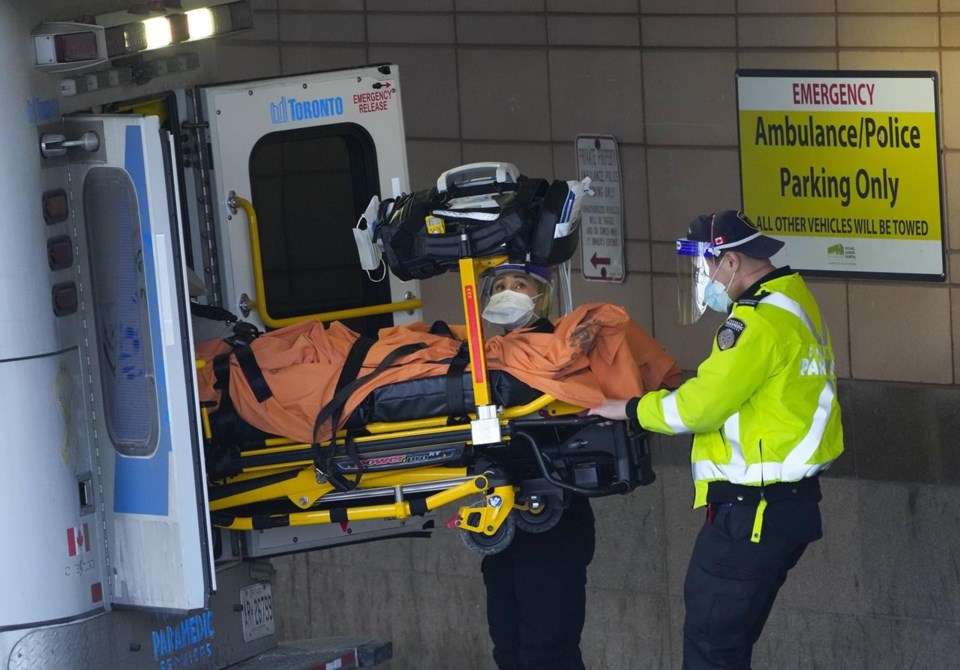Ontario will announce a plan for "health system stability and recovery" this week, Health Minister Sylvia Jones said Wednesday, revealing that one part will be to expand a program that allows paramedics to avoid taking patients to the ER on every call.
The minister made her remarks in a speech to the Association of Municipalities Ontario conference in Ottawa, as a nursing staffing shortage has seen emergency departments across the province close for hours or days at a time throughout the summer.
There are no easy solutions, but "bold and innovative" steps are required to improve patient care, Jones said in her speech.
"We can no longer stand by and support a status quo that cannot respond to the current challenges the sector is facing," she said.
"Instead, guided by the best evidence and the successes of other jurisdictions, our government will take bold action that prioritizes patients and their health care above all else."
The first phase of the paramedic pilot project was launched in 2020 with programs in more than 40 municipalities that allow paramedics to take patients somewhere other than an emergency room, such as a mental health facility, or to treat them on scene.
Initial results show patients are accessing care 17 times more quickly and 94 per cent didn't go to the ER in the few days following care, Jones said.
"These successful innovative projects allow people, including palliative care patients and those experiencing mental health and addictions challenges, the option of receiving more appropriate care at home or in the community, avoiding a visit to the emergency department," she said.
Jones said those 911 models of care are being expanded to more municipalities, but doesn't specify how many or where in her speech.
The province is also expanding when paramedics can safely and effectively provide treatment, starting with minor acute illnesses and injuries such as falls, and chronic conditions such as diabetes and epilepsy.
An announcement set for Thursday by Jones, Long-Term Care Minister Paul Calandra and Ontario Health president and CEO Matthew Anderson is being billed as a new phase of the province's "Plan to Stay Open."
The first phase, announced in March, contained tuition grants for nurses to work in underserved communities, removing Canadian work experience as a qualification for internationally trained health workers to practise in Ontario, making a wage enhancement for personal support workers permanent, adding 160 undergraduate and 295 postgraduate medical school positions, and spending billions to build hospitals across the province.
Jones also said the province is extending "cost-sharing mitigation funding" to municipalities for public health for another year, to the tune of $47 million.
Premier Doug Ford originally announced the transitional funding in 2019 as a way to soften the blow of making municipalities pay for a larger share of public health.
This report by The Canadian Press was first published Aug. 16, 2022.
Allison Jones, The Canadian Press



